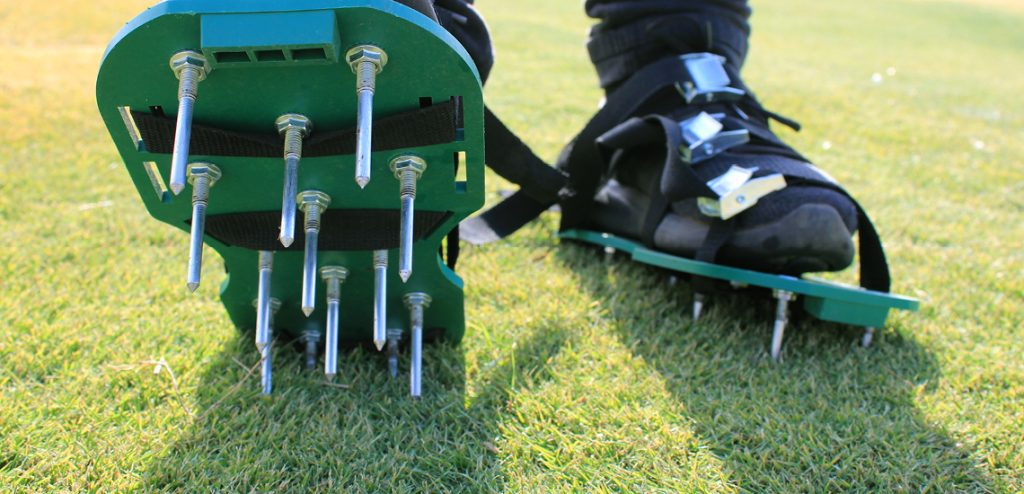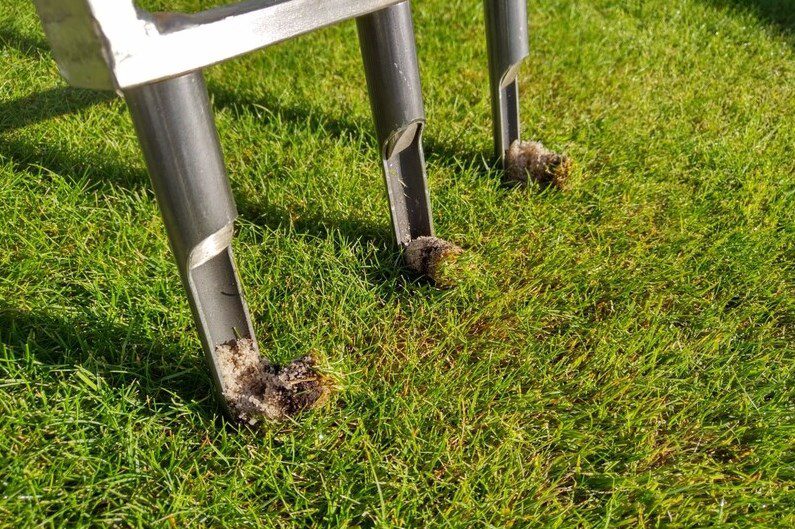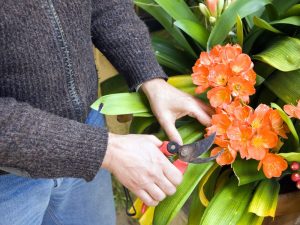Last Updated on July 20, 2023 by teamobn

Your grass needs space! Lots of space! But not where you probably think. It needs space below ground. It needs that space to take up air, nutrients, and water. Quite simply, your lawns’ roots need to ‘breathe’.
What is it lawn aeration?
Contents
Golfers do it all the time! It’s one reason golf courses always look better than surrounding areas. Those little sprigs (spikes) built into the soles of their shoes might help their swing by ‘; anchoring’ their feet but also perforate the ground as the golfers walk around. That perforation is aerating the ground allowing the grasses to ‘breathe’.
Why should I aerate my lawn?
Ultimately, aerating your lawn and allowing it to breathe benefits you. A healthy lawn can drop the temperature of your home’s surroundings, saving energy costs. But, aerating also helps to protect your lawn against a lot of common problems due to compaction. These can include drainage problems, fungal diseases and even weed invasion.
Aeration helps the roots grow deeply and produce a stronger, more vigorous lawn. The main reason for aerating is to alleviate soil compaction. Soil compaction limits the amount of nutrients and water to penetrate the roots of your lawn.
How can I aerate my lawn?
There are different techniques depending on both the size of your lawn and the amount of energy you can contribute. Here are the three most common methods.
1/ Aerating roller
Aerating rollers come in many sizes with the largest needing a full tractor to draw them. If you have a yard ‘ride-on’, you can get a size to suit. But if you’re a ‘push-mower’ sized yard, you’ll be providing the horsepower pushing a unit similar to that pictured above.
A spiked roller is also useful for lawn aeration for incorporating lime, gypsum, or coarse sand into the profile to improve drainage or pH.
If you don’t want to buy a roller, check out your nearest tool hire shop. They’ll probably have what you need.
2/ Aerating sandals

If you’re active outside frequently, you can maintain a smaller area of lawn by strapping on a pair of aerating sandals. These are sandals with spikes – similar to golf shoes – that aerate the lawn as you walk around. They’re cheap, they’re effective but to do the job well, you’ll need to strap them on often and avoid walking over the same areas while totally missing others.
Ye olde garden fork

If you’re in need of a work-out, this is the way to go! Just push the tynes into the ground and wriggle it back and forth to fracture the soil profile. Ideally, try to aim for about 10cm (1″) between each set of holes. For best results, plan to go over the area twice – each time in a different direction (for example, N-S the first time and then E-W the second time).
You can also buy specially designed aeration forks which will remove a plug of soil on each insertion.
Unlike regular aeration, where solid tines simply punch holes in the ground, core aeration removes a plug of soil from your lawn at the same time. This is a technique called core aeration and should only be done when your lawn is actively growing so that it recovers quickly.
Immediately after core aeration is a great time to top dress with washed river sand. The sand will fill the holes and enable air and water to penetrate due to its free draining, open structure.
Of course, any form of aeration is best done after rainfall when even naturally hard soils become easier to penetrate.
How often should you aerate your lawn?
Different soil types require more frequent aeration. Clay soil compacts easily and should be aerated at least once a year. You can aerate a sandy lawn once a year, or once every two years. In harsher climates, aerating twice a year will encourage turf growth and health.
In areas where there is a high amount of foot traffic, pets or even cars on the lawn, compaction is a common problem. Regular aerating will be important to ensure the ground doesn’t become too hard. Aerating will help the soil to breathe and the grass to spread.
When to aerate?
That will vary depending on your climate. To aerate warm season grasses, such as soft-leaf buffalo, couch, kikuyu and zoysia, spring and summer are best while your grass is actively growing. It’s a good idea to aerate at the same time as you are fertilising or doing any other lawn maintenance operation, for example, dethatching or top dressing.
For cool climate lawns like fescue and rye grass, the same principle applies. With the exception of very cold climates, you can aerate all year round
Aerating is often overlooked, but its importance in allowing air, water and nutrients to get into the soil cannot be overstated.
Testing your lawns pH
The pH level affects your lawns ability to absorb the minerals and nutrients it needs to thrive. Immediately after aerating is the ideal time to test the pH levels and to take any required action. A pH that’s too high or too low can prevent your lawn from efficiently absorbing the minerals and nutrients it needs to stay healthy.
The ideal pH range for your lawn is somewhere between 6 and 7. Testing the pH level is easy. You can purchase a pH testing kit here.
If your lawn pH is not where you need it, now is the perfect time to apply appropriate remedies. Examples are:
- Lime (calcium carbonate) helps raise pH and neutralise acidic soil.
- Gypsum is calcium sulfate dihydrate and helps break down clay soils.
- Fertiliser – Because aerating allows nutrients to better penetrate, straight after aerating is a perfect time to fertilise your lawn.
As a bonus, having a healthy, verdant green lawn, adds to your home’s kerb appeal thereby increasing it’s market value. And you’ll be the envy of your neighbours 😉
Ready to get started?








